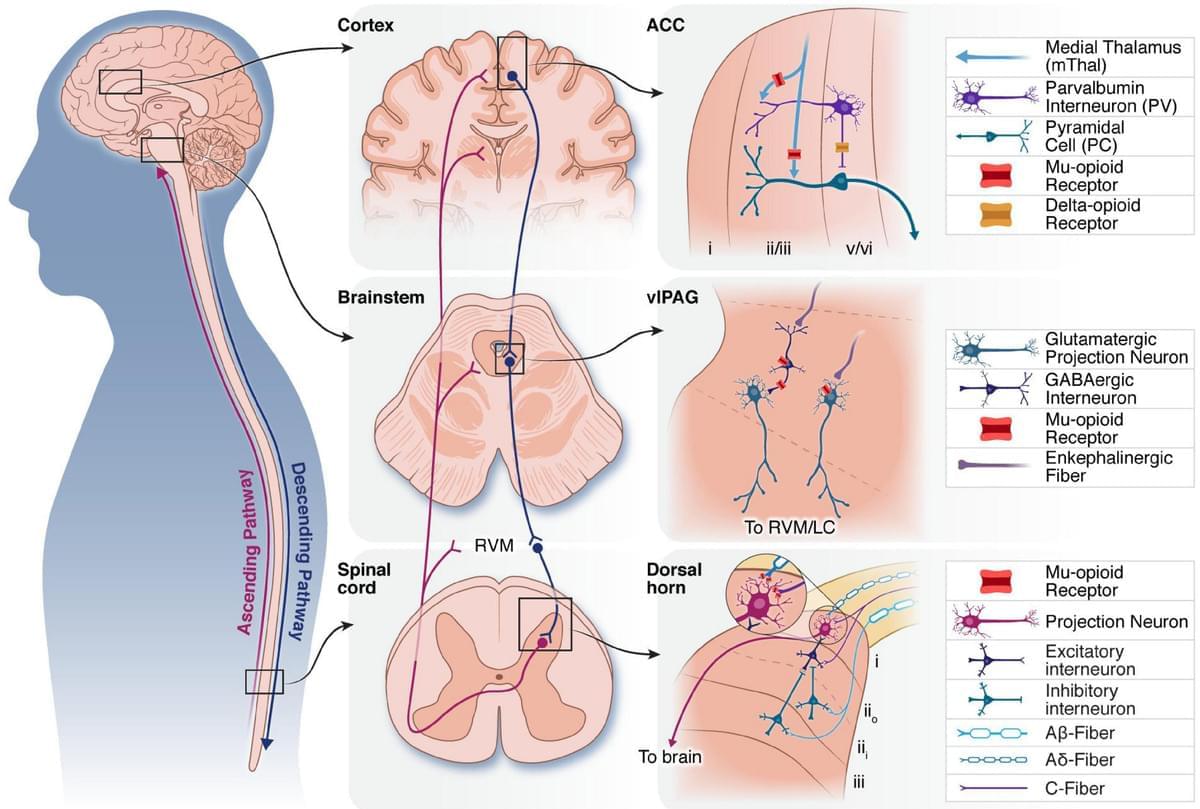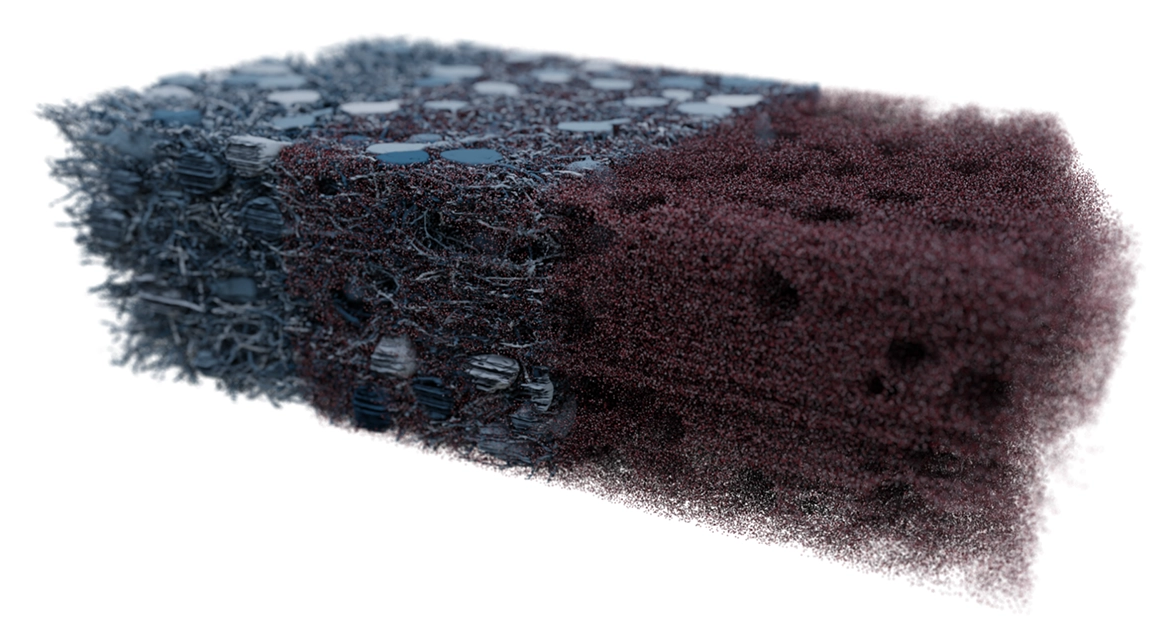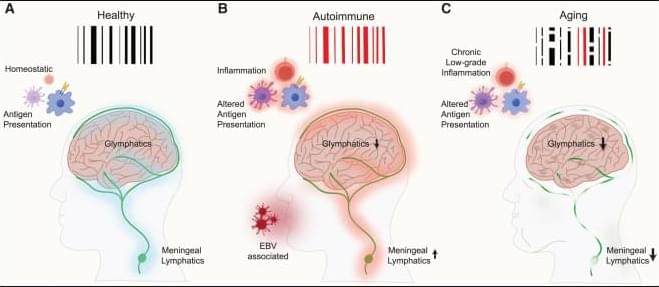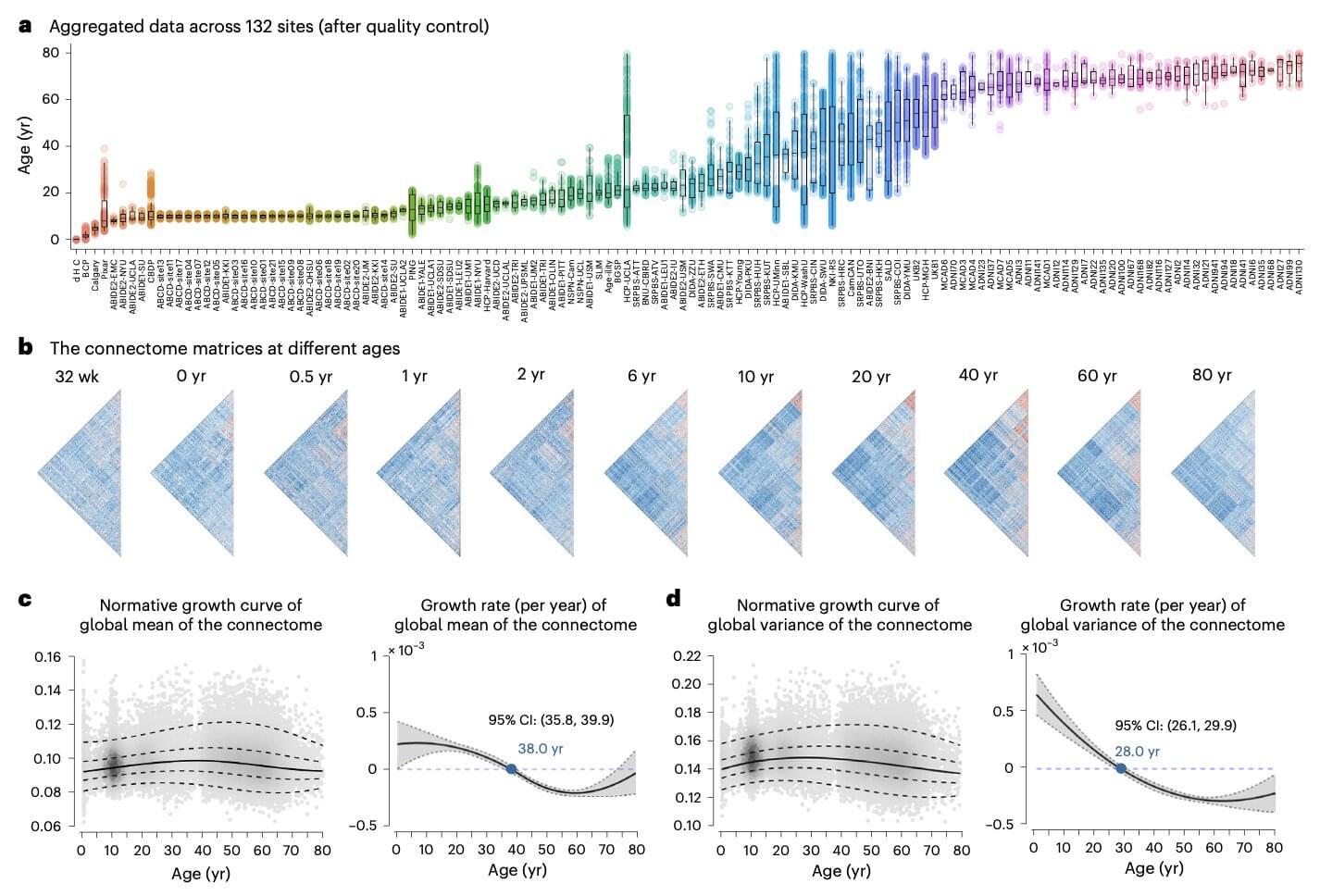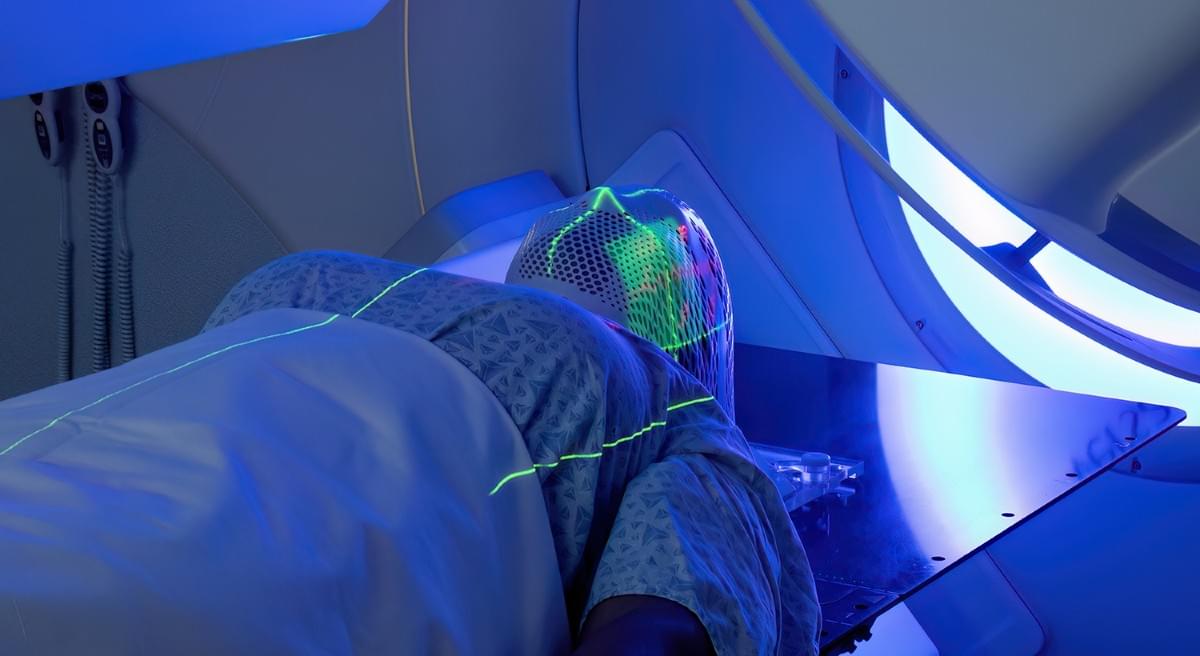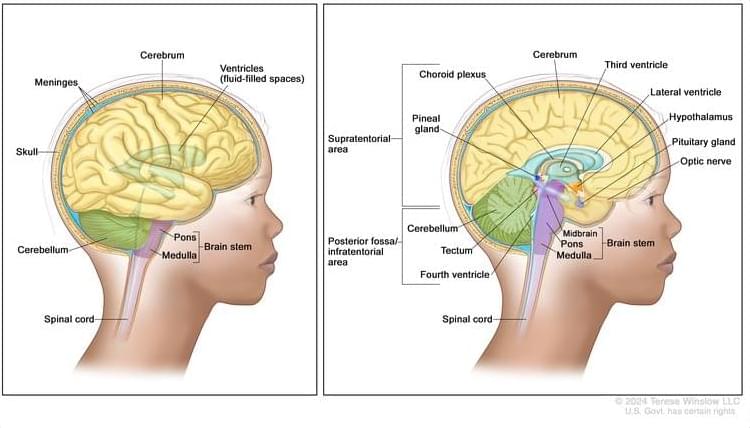Due to the prevalence of chronic pain worldwide, there is an urgent need to improve pain management strategies. While opioid drugs have long been used to treat chronic pain, their use is severely limited by adverse effects and abuse liability. Neurostimulation techniques have emerged as a promising option for chronic pain that is refractory to other treatments. While different neurostimulation strategies have been applied to many neural structures implicated in pain processing, there is variability in efficacy between patients, underscoring the need to optimize neurostimulation techniques for use in pain management. This optimization requires a deeper understanding of the mechanisms underlying neurostimulation-induced pain relief. Here, we discuss the most commonly used neurostimulation techniques for treating chronic pain. We present evidence that neurostimulation-induced analgesia is in part driven by the release of endogenous opioids and that this endogenous opioid release is a common endpoint between different methods of neurostimulation. Finally, we introduce technological and clinical innovations that are being explored to optimize neurostimulation techniques for the treatment of pain, including multidisciplinary efforts between neuroscience research and clinical treatment that may refine the efficacy of neurostimulation based on its underlying mechanisms.
Over 20% of people worldwide suffer from chronic pain disorders (Goldberg and McGee, 2011). In response to an unmet need for effective pain management, opioid drugs have been widely adopted. Opioid drugs harness the body’s endogenous opioid receptors, which are dispersed throughout the central and peripheral nervous system to modulate pain perception. While prescription opioids often provide effective pain relief, they have undesirable and potentially dangerous side effects including abuse liability and respiratory depression. Their contribution to the ongoing opioid epidemic and the enormous negative impact of chronic pain underscore the need for safe and effective pain therapies (Manchikanti et al., 2012). Neurostimulation therapies are potential alternatives for managing medically refractory pain. However, these therapies are hampered by inconsistent pain relief across patients and diminishing analgesic effects over time (Kumar K. et al., 1998).
